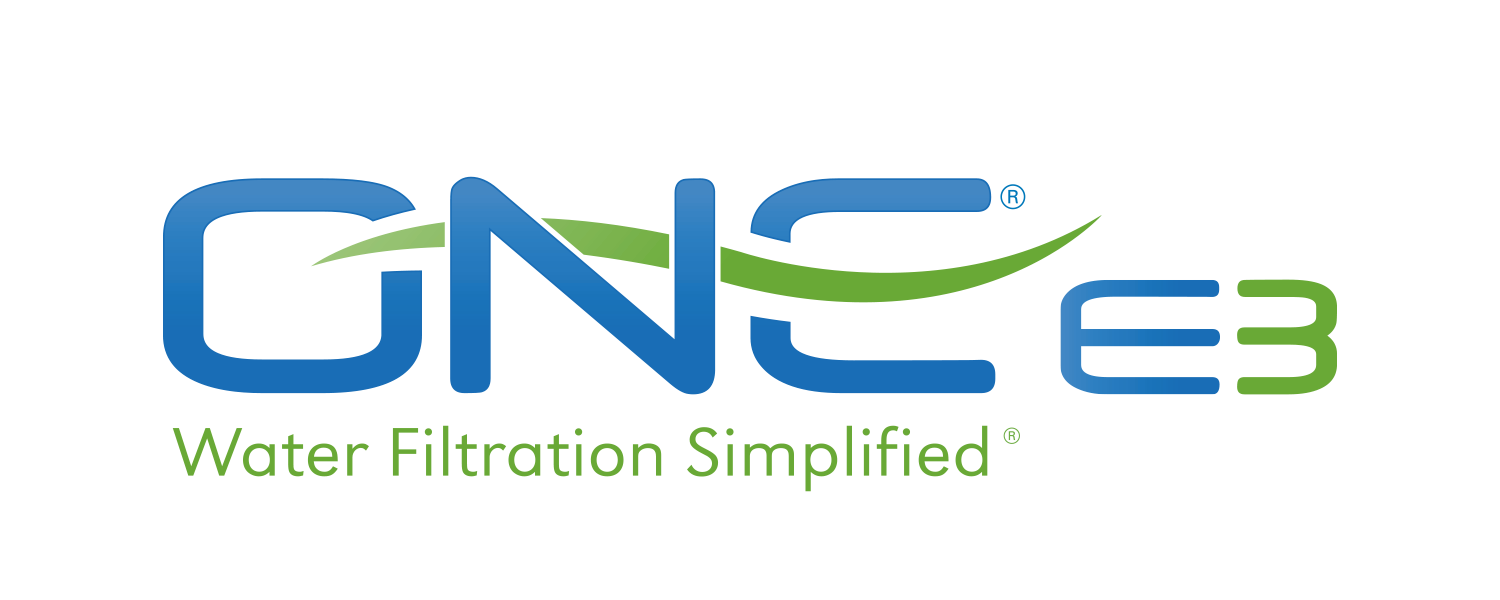The topic of per- and polyfluoroalkyl substances (commonly referred to by the acronym “PFAS”) continues to be a hot one. Stories about these potentially toxic, man-made chemicals getting into the environment and contaminating water supplies have become a frequent occurrence.
Here is a trio of recent articles on the topic:
- Military Times: “16 cancer cases in one family: Base water contamination fight moves to Congress“
- Quartz: “PFAS costs Europe more than €50 billion a year in health problems“
- The Detroit News: “State delayed in creating lab to test for PFAS water contamination“
While the impact of these chemicals on the human body is still being studied, the Agency for Toxic Substances and Disease Registry suggests that PFAS exposure may have negative health effects. The EPA has currently not set a limit on PFAS chemicals, though they have announced an action plan. In the meantime, many states are taking action to limit PFAS levels in water—with New Jersey being one of the latest to move in that direction.



